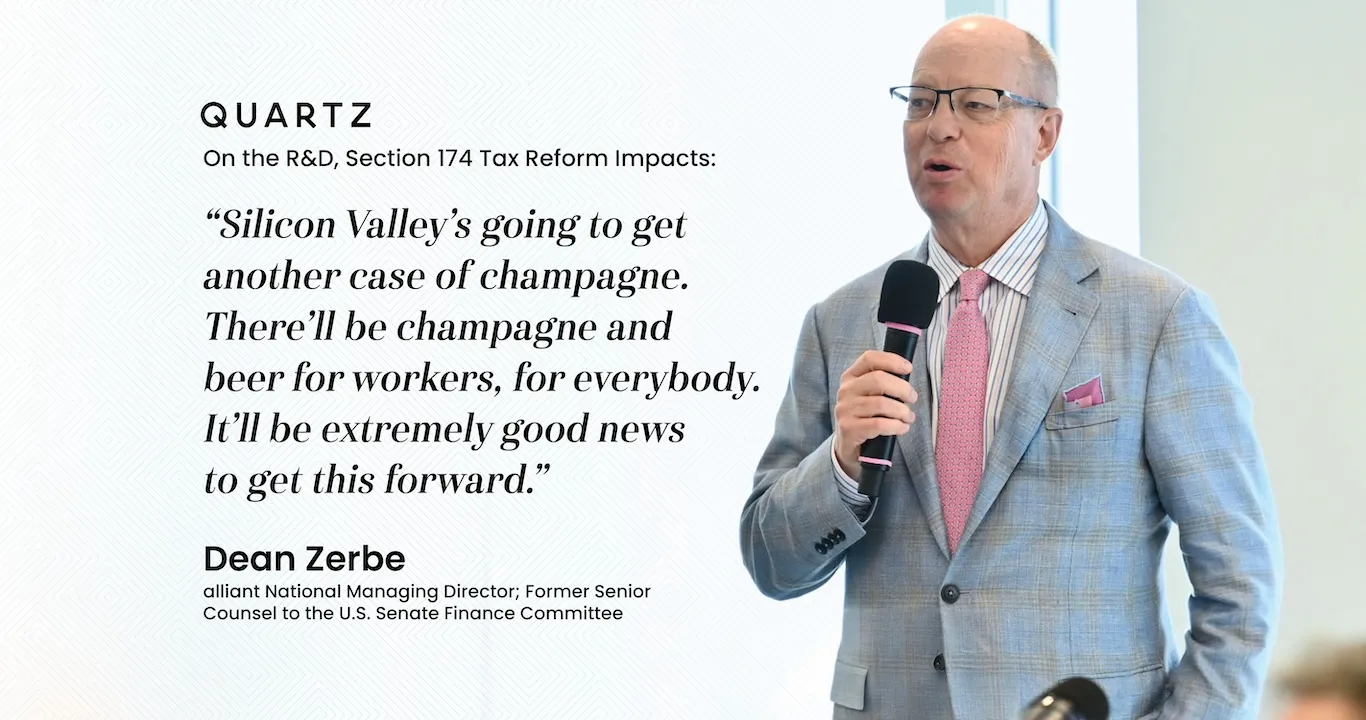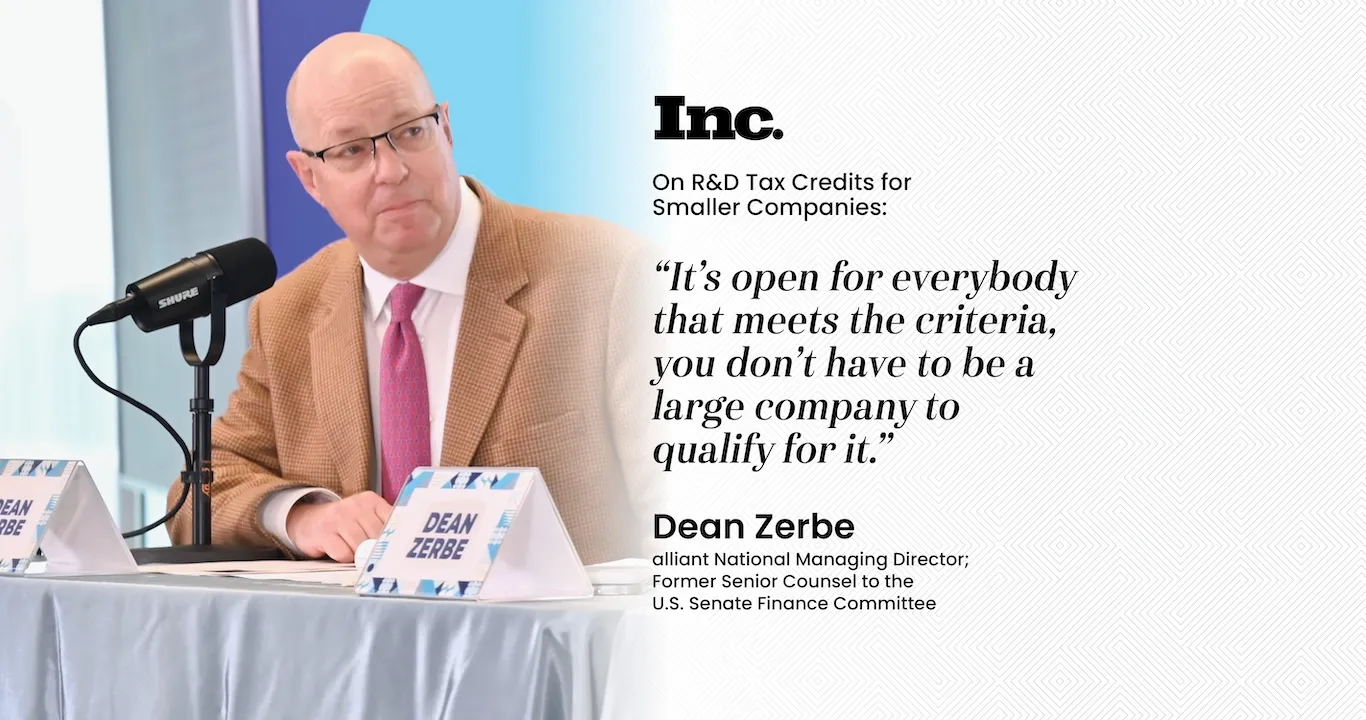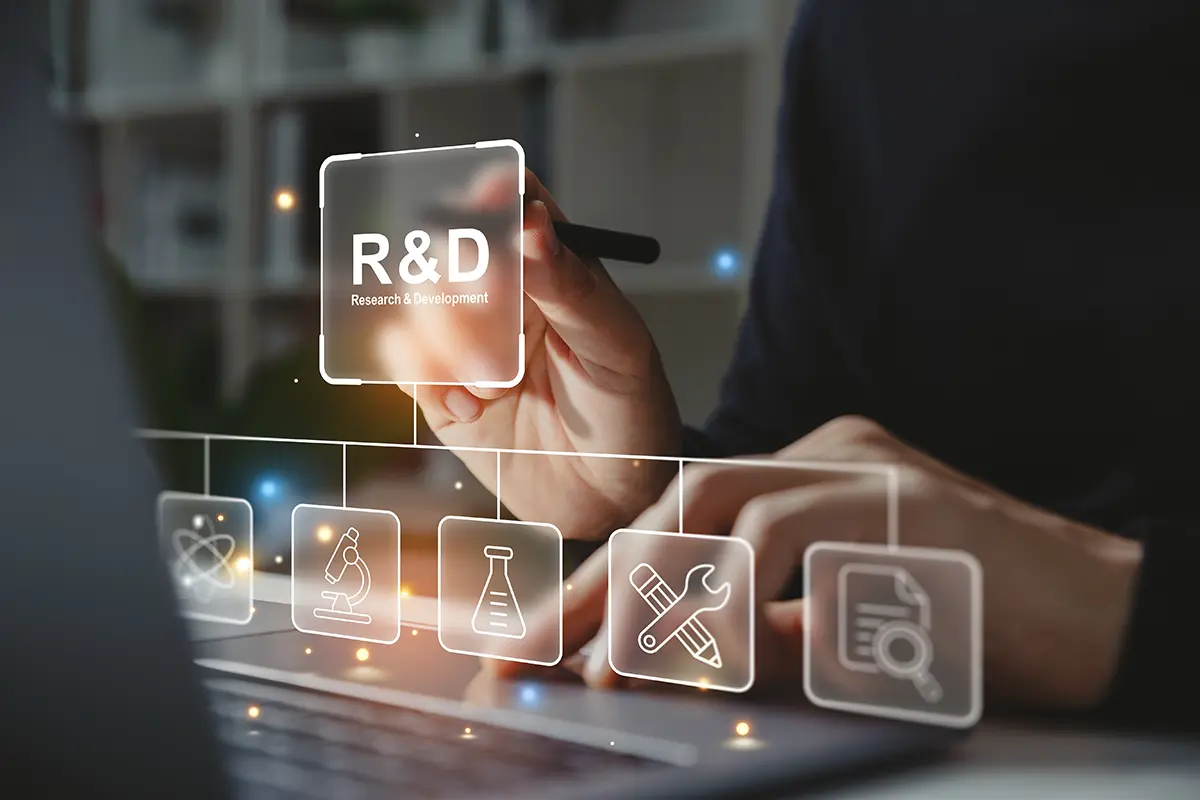Financing these technologies has become increasingly challenging as credit has tightened and the cost of capital has increased. The U.S. House of Representatives, recognizing this fact, has finally pushed to restore the full power of the R&D incentives which has helped fuel every technological revolution of the past half century in America.
Even businesses that have taken advantage of the R&D credit in the past may recognize the transformative power that automation and AI could bring. These technologies offer a compounding benefit that in turn could lead to the virtuous cycle of increased R&D incentives for their businesses. Put simply, adding emerging technologies to a business could dramatically increase the amount of tax refunds that businesses receive.
Why the R&D Tax Credit generates billions for American businesses
The Research & Development Tax Credit, also known by its IRS code Section 41, is a tax credit benefitting companies that incur R&D expenses. It is intended to foster domestic innovation and reward technical employment. Mechanically, that means that if a business spends money on wages, materials, or contractors in the pursuit of developing a new or improved product, process, formula, or software, a portion of that money can be returned to the business through a tax credit.
Virtually every Fortune 500 business claims the credit, regardless of industry, as well they should. The issue is many small and medium sized businesses do not follow their lead. For example, businesses that do any of the following frequently qualify for R&D:
- Create custom products and solutions
- Design new or improve upon or existing products
- Improve existing production processes
- Alter existing or develop new software
There has been focus on the change to the tax treatment of these innovations. Under Section 174–a section that, ironically was never intended to be fully effective–these expenses can only partially be deducted in the current year. Now that the House has moved to resolve the issue, we are now one step closer to having both Section 41 and 174 combined to significantly increase the capital available to American businesses. Businesses should realize that not only does this mean more money to spend on enhancements and improvements to an operation through automation, but also that by adding automation, they could generate even more cash back. As powerful as these technologies are, they still require constant improvement to maximize their value and this constant improvement is the basis for receiving more cash back.
How businesses are using R&D to fund their transformation
Take for example a 40-person manufacturer located in the Midwest. They already qualify for the R&D credit through their existing product development, which generates a $700,000 credit for their business. This credit comes from the wages they are paying their engineers who work on developing new products, as well as the production team implementing those designs.
The company decides to purchase a robotic arm to help on the production line. With that purchase, they then need to hire a new software developer to program the robot, a new equipment specialist to maintain the machine, as well as have their production team spend additional time working on the new equipment to ensure its operability.
These activities qualified the company for an additional $200,000 credit entirely separate from the original $700,000. As the company automates more of its production, this process can begin again, creating a cycle of new capital which this company can rely on each year. This manufacturer is now able to generate almost $1,000,000 in credits annually, which can substantially offset their tax liability.
How automation synergizes with R&D
The R&D Tax Credit has already proven critical to helping businesses and in turn American families keep more of what they earn and invest in innovation. Now, the machines and tools these businesses need can generate additional value, fulfilling the original goal of the R&D credit through a 21st century format. Surveys show that 66% of businesses have already automated at least one aspect of their business, and that trend is accelerating.
Especially with software, there is a great deal of opportunity for companies which create their own systems or off-the-shelf products. The credit ensures that there will be an immediate return on those productivity boosting investments. The R&D credit has recently been updated to specifically include Robotic Process Automation and low code solutions, which dramatically increases the types of software work that could potentially qualify.
In conclusion
The R&D tax credit has long been a lifeline for savvy small to midsize American businesses. With its recent updates, it is once again the strongest permanent incentive available to businesses. The credit can generate powerful refunds for eligible businesses, which allows them to reallocate resources normally lost to taxes. Specifically, applying these resources to automation and technology can not only offset the upfront cost of these improvements, but generates further credits for the business.
Considering the synergizes, businesses should take advantage of the R&D credit and use it to fund their technological goals. This allows small to midsize businesses to continue to be leaders in commercial breakthroughs and be responsible for continued improvements to products, processes, services and software. The R&D credit continues to serve as a driver of American innovation. Combining the credit with emerging technology will only strengthen its ability to support American businesses.





